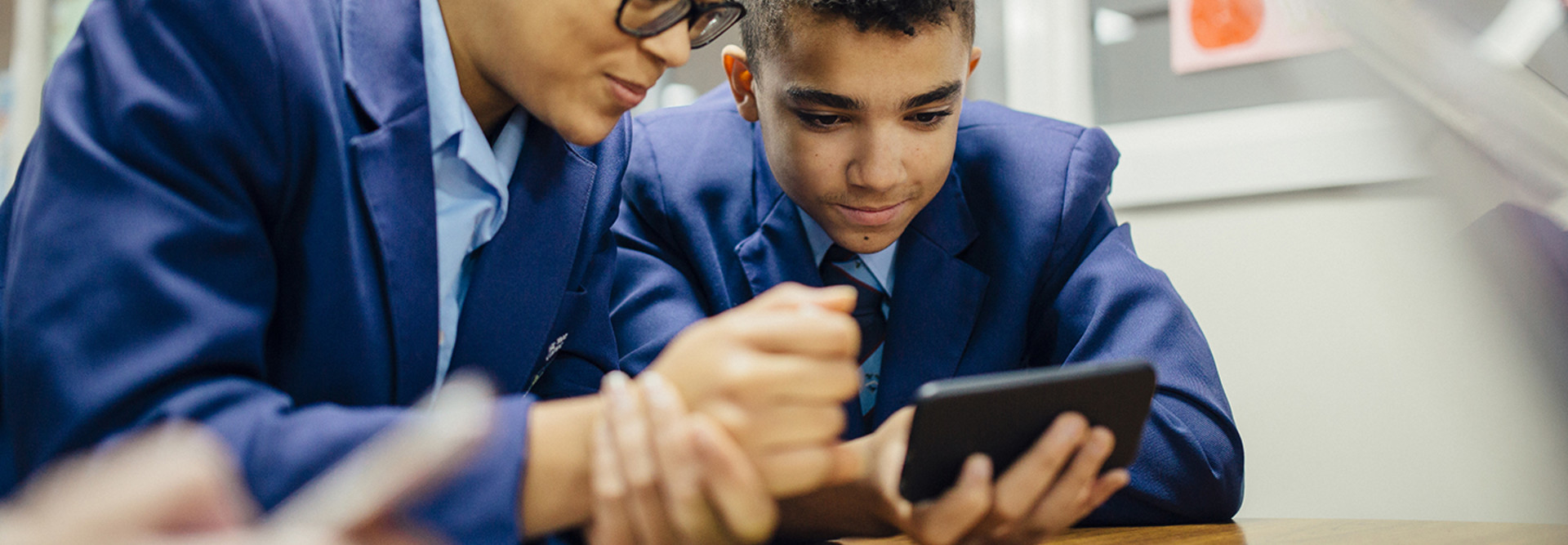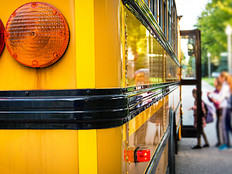Letting Students Use Mobile Devices for Learning Limits Distraction
The cliché of a teenager’s love of the telephone dates back to the rotary model.
For the 21st century teen, that phone is now a smartphone with nonstop internet access, and 73 percent of teens have them, Pew Research Center reports.
With schools looking to digital tools to create more impactful learning, should they still be telling their students to leave their devices at the door?
For the 21 percent of schools that have a bring-your-own-device program, the answer to that question is a resounding “no.”
“Without even realizing it, students now see their devices as a less of a toy and more of an education tool,” says Davis Drive Middle School teacher Kelly McGoldrick in an article about Wake County Public School System’s BYOD program on K–12 Blueprint.
For WCPSS, a BYOD program was necessary to get technology into the hands of all 159,000 students.
“BYOD gives students and teachers the freedom to plan dynamic learning experiences on a day-to-day basis,” says Principal Rick Williams in the article.
Letting students bring their smartphones into the classroom has also helped facilitate a needed culture shift.
“[Teachers] no longer have to look out for students texting in the halls or secretly playing on their phones,” Williams tells K–12 Blueprint. “Now it’s cultivated because the phones are used for educational purposes. That’s helped to shape the culture schoolwide.”
Balancing Smartphone Access and Educational Priorities
While mobile devices in the classroom can be distracting, they have huge potential for learning.
Benin Lemus, an English teacher from L.A. River School, told The Los Angeles Times that it was important for her to establish a realistic policy on smartphones.
“I have a ‘no cellphone/earbuds’ policy in my class as a general rule,” she says in the article. “However, there are times when I require students to use their phones: to send themselves reminders or look up information — especially when we are short on computers.”
For Melrose Public Schools in Massachusetts, teachers can decide whether they want to allow smartphones in their classes, The Boston Globe reports. Students in Melrose High School physics classes are using apps to collect and analyze data. In English classes, students engage in discussion via their phones. All of this helps turn a potential issue into something beneficial.
“About a year and a half ago, I said, ‘All right, we can’t win this battle, how do we turn it so it wins for us, so we can make it a positive?’” says Superintendent Cyndy Taymore in the article.
As with all digital tools, smartphones in the classroom can be effective if they are used to enhance learning and support curriculum, says Mindy Frisbee, ISTE’s director of alignment.
“Digital tools need to really move the teaching forward,” says Frisbee. “Devices can help students access resources that might not be available in the classroom.”









